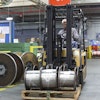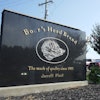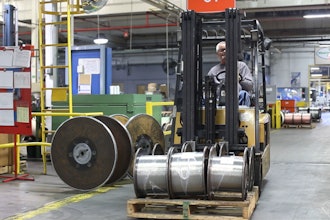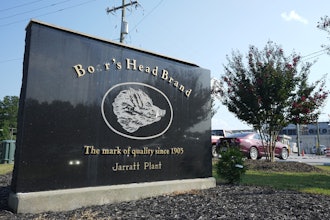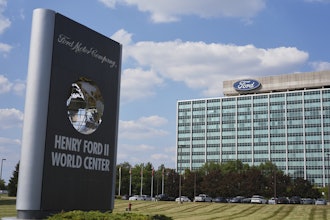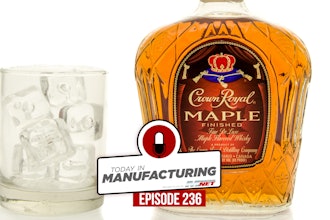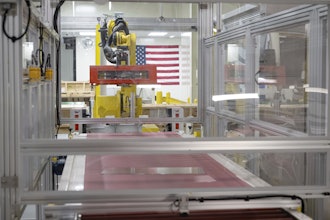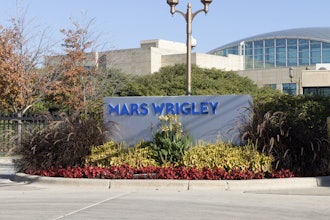TOKYO (AP) -- A Kansas meat packer that fought U.S. authorities to test its entire herd for mad cow disease was hit with a suspension by Japan this week for shipping banned animal parts.
The decision came after Japanese inspectors Tuesday found bovine spinal columns -- prohibited under a bilateral trade agreement -- in two of 810 boxes sent by Creekstone Farms Premium Beef.
No problems were detected in the remaining 808 boxes, according to the Ministry of Agriculture.
Under the terms of the trade agreement, U.S. beef shipped to Japan can come only from cattle age 20 months and younger, which are thought to pose less of a risk of the mad cow disease.
U.S. exporters must also remove spinal columns, brain tissue and other parts considered "risk materials."
Mad cow disease, formally known as bovine spongiform encephalopathy, is a degenerative nerve disease in cattle. In humans, eating meat products contaminated with the illness is linked to variant Creutzfeldt-Jakob disease, a rare and fatal malady.
Japan banned American beef imports in December 2003 after the first case of mad cow disease was discovered in the United States. It resumed buying American beef in July 2006.
Tokyo has asked the U.S. Department of Agriculture to investigate how the two boxes with spinal columns ended up in Japan.
Washington has repeatedly criticized Japan for its strict restrictions, which authorities say has no scientific basis.
U.S. beef exports to Japan have plunged to about a quarter of pre-2003 levels, hurting many U.S. meat packers including Creekstone Farms that relied heavily on the Japanese market.
To reassure its Asian customers, Creekstone Farms built the first mad cow testing facility in a U.S. slaughterhouse only to be told by Washington that a private company could not conduct its own tests.
So the small slaughterhouse, based in Arkansas City, Kansas, sued the U.S. Department of Agriculture in 2006.
A federal appeals court last year sided with the government, overturning a lower court decision.
The USDA tests about 1 percent of cows for the potentially deadly disease.
